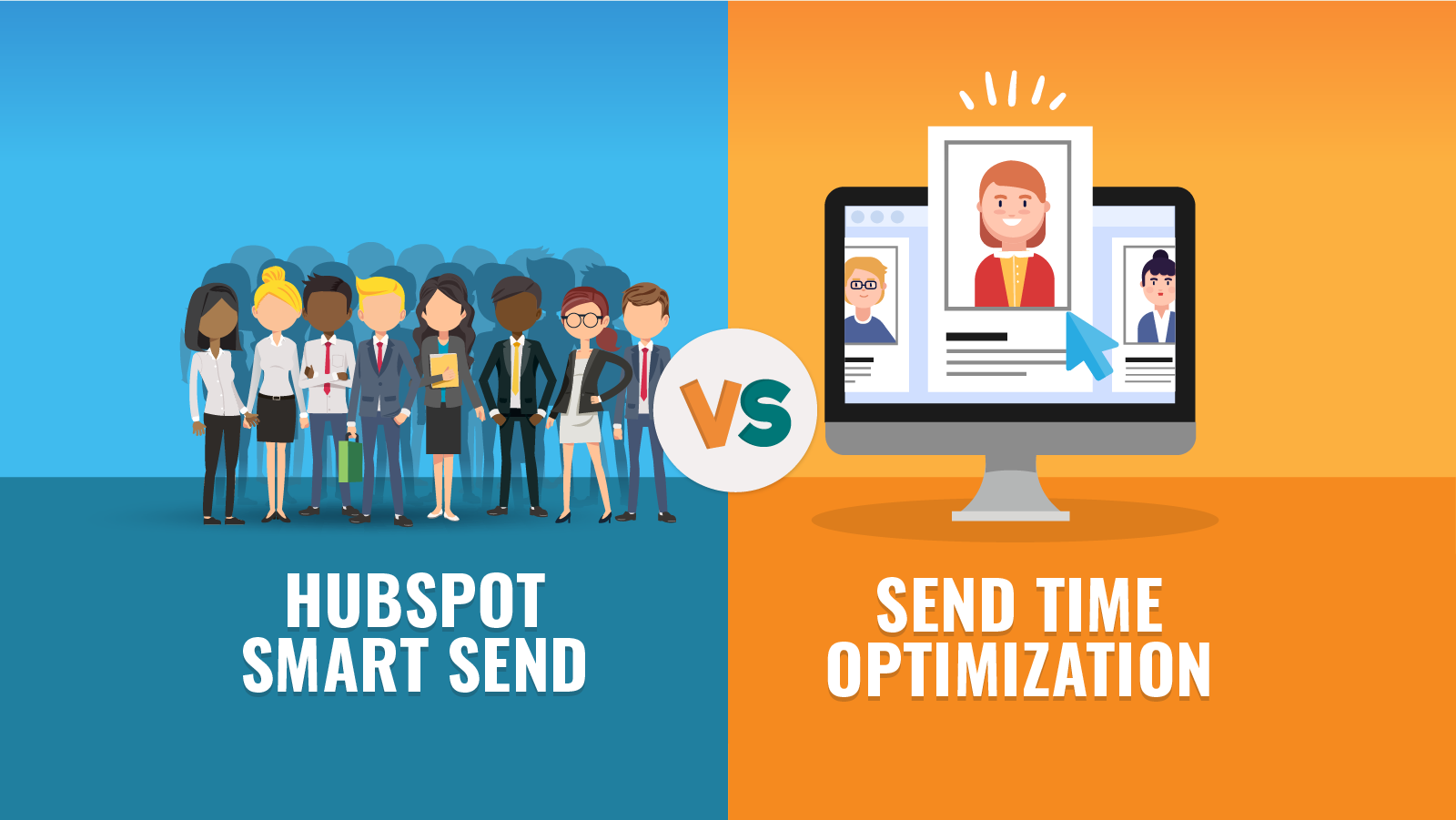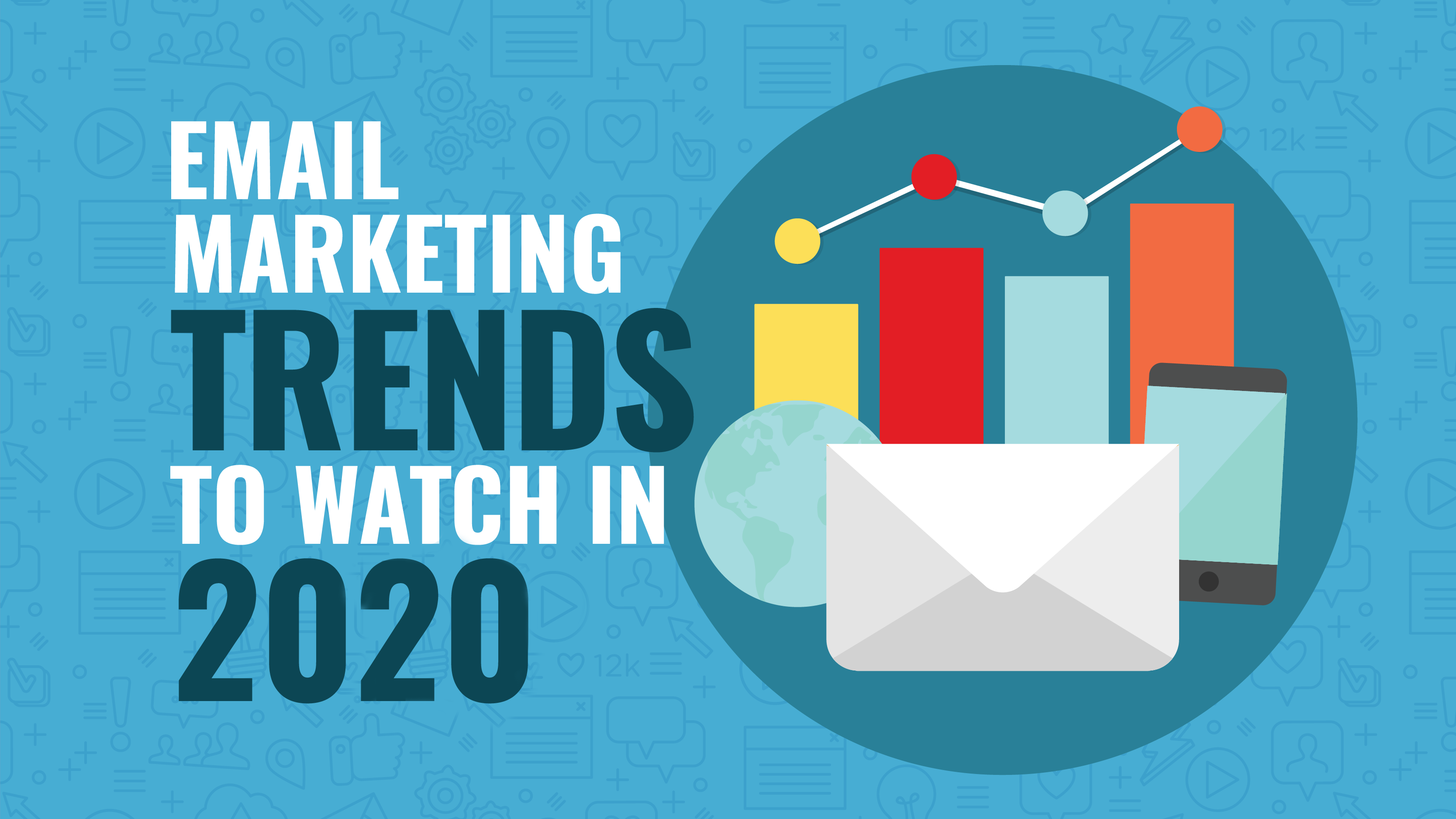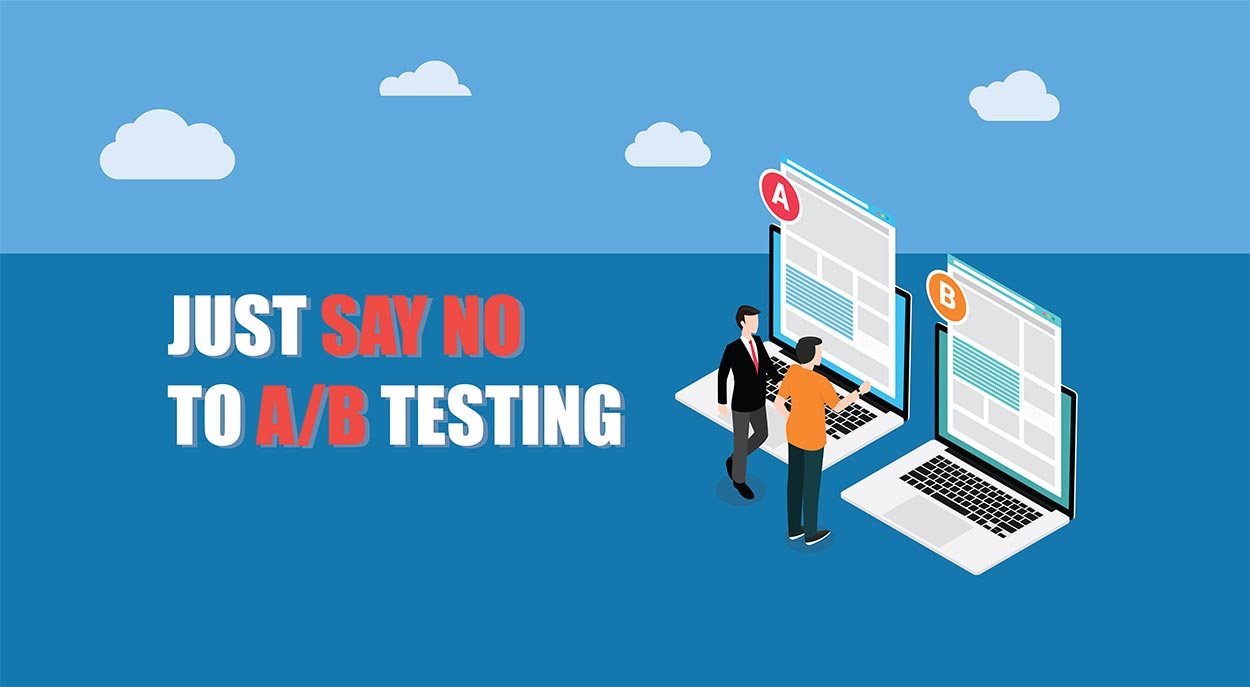A few years ago, HubSpot released a feature called Smart Send, which is basically the ability to send marketing emails at the same time, across timezones- something numerous email marketing software providers had available, and many customers were asking for. As an early HubSpot app partner, we've gotten a lot of questions, centering around, "How is HubSpot's smart time zone sending different from what Seventh Sense does for HubSpot customers?"
How HubSpot's Smart Timezone Sending Works
For contacts that have previously filled out a form on your website or opened or clicked on one of your marketing emails, HubSpot automatically stores the IP location information as a contact property (IP time zone). In a perfect world (see limitations below), with Smart Timezone Sending, everyone on your list will receive your email at the time that you want your email delivered in his or her timezone.
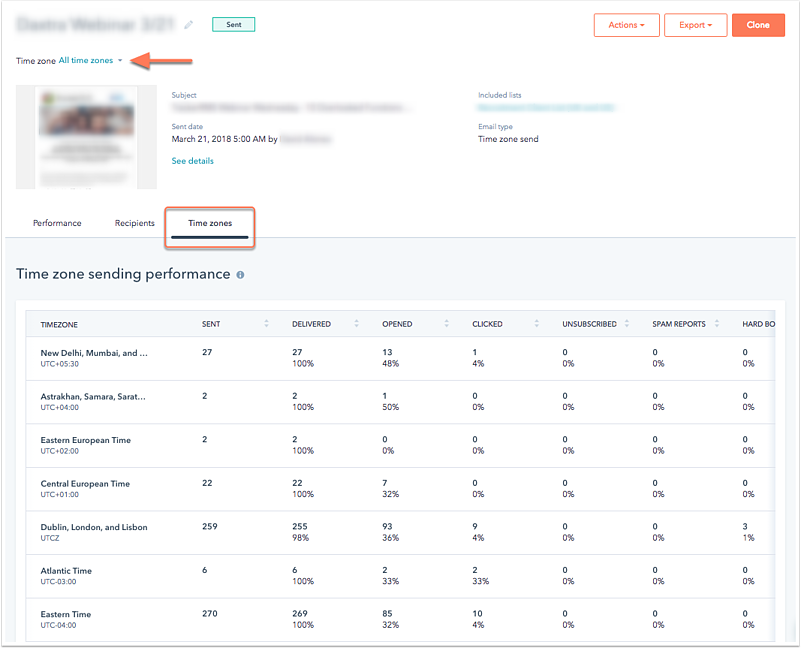
The question you should be asking is … what if the majority of your recipients don't check their email at the time you're sending? Your email is going to be buried under a pile of other emails when the recipient sits down to go through his or her inbox and may never see or engage with it.
If you're an organization with a diverse timezone audience, you should absolutely take advantage of this as a first step, as it should have a positive impact.
Limitations -
First and foremost, IP time zone is automatically collected / created and you can not manually change it.
Second, VPN's and Proxy Servers can cause havoc on understanding where a person resides! For example, if you're located in London but your proxy server is located in California, then the Smart Send feature will send your email based on California's timezone (only a difference of 8 hours, but who's counting). Furthermore, you have to send to contacts that you have no data on at a default time in YOUR timezone. If you want new subscribers to engage you've got to mix it up, see Einstein's definition of insanity; "doing the same thing over and over again and expecting a different result".
Additionally, if someone is on vacation overseas or is traveling for work and happens to fill out a form on your website or open / click an email, then they'll have their IP time zone updated to the new timezone.
For example, I live on the east coast of the United States and am a subscriber to your newsletter. I then go on a business trip to Asia and subsequently fill out a form on your website, HubSpot automatically updates and assigns my IP time zone to Asia which ultimately means you'll now be sending me emails in the middle of the night when I return home.
How True Send Time Optimization for HubSpot Works
On the other hand, Send Time Optimization / Personalization, works quite differently. Seventh Sense is timezone independent and not only analyzes and continuously learns each person's behavior on when they open, click and convert by time of day and day of week, but it also allows you to deliver your marketing emails automatically through HubSpot to each recipient at his or her most optimal time of engagement.
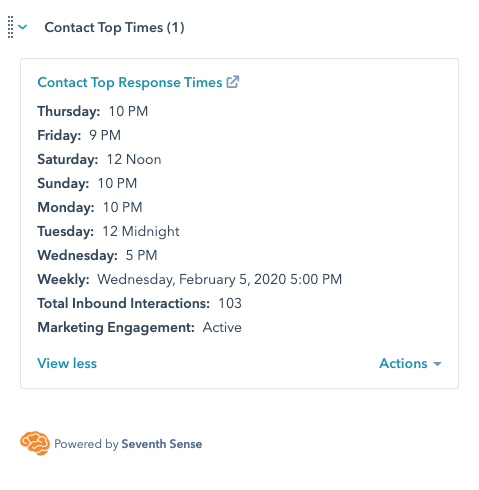 The elephant in the room though; what do you do with contacts that you have zero data on (i.e. they've never opened or clicked a marketing email)?
The elephant in the room though; what do you do with contacts that you have zero data on (i.e. they've never opened or clicked a marketing email)?
We actually took Einstein's theory to heart and Seventh Sense will randomly pick a unique time for each person within the scheduled delivery window for each mailing. But, the system doesn't stop there. It will actually weight the number of people that can be randomized within each hour based on the success of when the rest of the audience engages.
For example if 7% of your total audience tends to engage with your emails at 8:00 pm, then only 7% of the people being randomized will be scheduled to have their email delivered at 8:00 pm for that mailing.
This has statistically proven to get your new contacts to engage, and will help in the future with Send Time Optimized mailings.
Here's an example of an email delivery job distributed over 24 hours where the lighter blue are people that have a predicted delivery time and the darker blue are people that have a randomized delivery time.

So what does this all mean from a numbers perspective?
-
Increased open, click, and conversion rates (on average a 6-12% open rate increase and between a 16-22% click rate increase - some customers have experienced significantly higher, more than 98%).
-
Decreased unsubscribes (on average 8%)
-
Waking up dormant contacts - contacts that previously engaged, but stopped more than 90 days ago (on average 1-3% on the first send)
-
Randomizing vs. blast delivery for new contacts (on average a 18% engagement increase)
Is Send Time Optimization right for You?
With Send Time Optimization, Seventh Sense's software learns who opens and engages when, and creates a delivery schedule based on the best time to reach each individual. So if Ms. CEO most often engages with her email at 7:00 am Eastern, then she will get your email at 7:00 am Eastern. If Mr. CMO most often engages with his email at 8:00 pm Central, he will get your email at 8:00 pm Central.
HubSpot's Smart Send is better than just blasting out all your emails at the same time, however it doesn't provide the personalization that send time optimization offers. Because of this ability to pinpoint the best time to send emails to each specific individual, Send Time Optimization brings significant value above and beyond HubSpot's Smart Send.
Are you ready to see how implementing Send Time Optimization can add to the ROI of your email program. Schedule a demo today.



